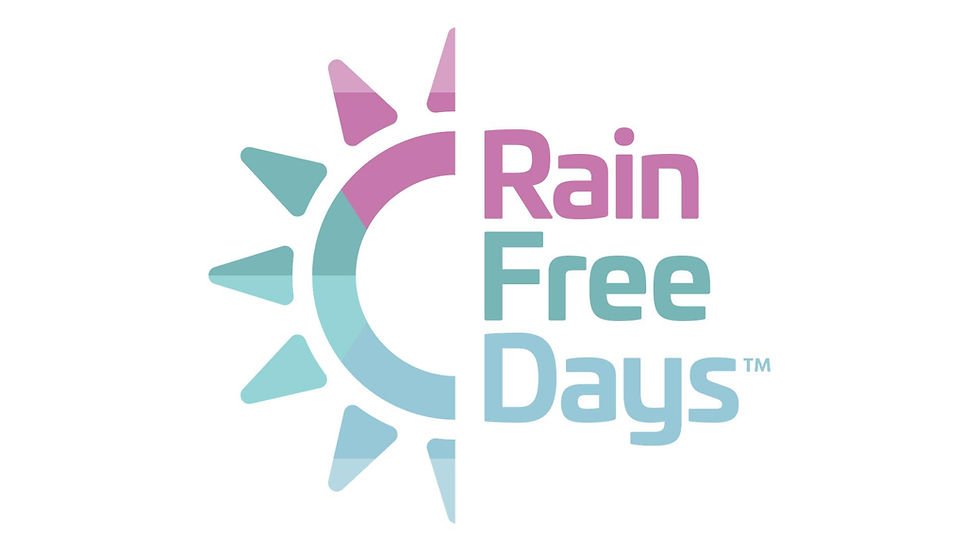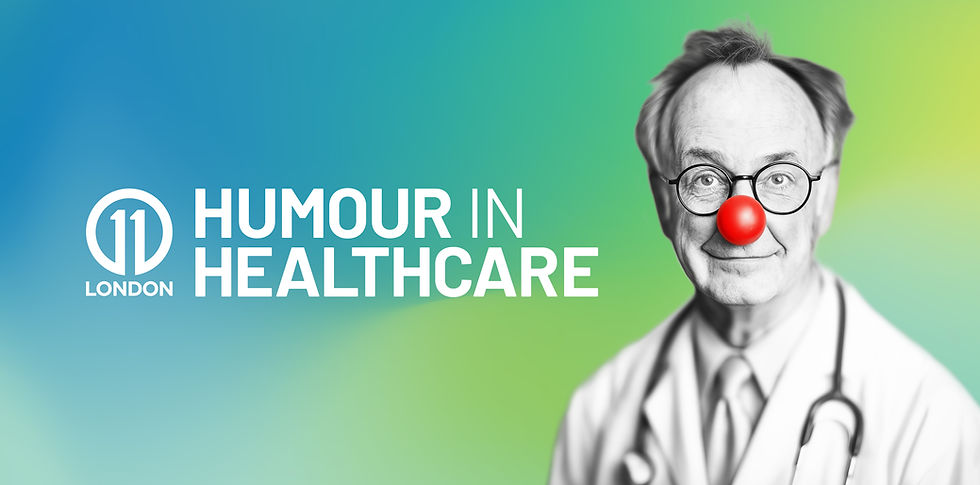Brain tumour awareness month: giving research a more humane face
- matthewhunt123
- Feb 14, 2022
- 3 min read
Did you know that March is Brain Tumour Awareness Month? With brain tumour cases rising, funds are urgently needed to help find a cure for this swift, relentless killer.
Brain tumours can affect anyone at any age, including children – and they’re more common than you might think.
According to the Brain Tumour Research Report© on National Research Funding, someone in the UK is diagnosed with a brain tumour every two hours. And yet, only 1% of the national spend on cancer research is allocated to this devastating disease.
Brain tumours, it seems, are not prioritised for cancer research funding, despite the fact that they are the main cause of cancer deaths in children and people under 40; only 12% of brain tumour patients survive for 5 years or more.
Why this neglect? One reason, put forward by a group of specialists, is that brain tumours are “too complex, too variable, and too low profile because they lack a vocal patient group”*. Nevertheless, there are green shoots of hope for the future of brain tumour research.
During this awareness month, we’re delighted to share news of the breakthrough brain tumour research Animal Free Research UK has been funding: experts in neuro-oncology Professor Geoff Pilkington, Dr Zaynah Maherally and their team have been developing the first cutting-edge, animal free, 3D model of the blood-brain barrier.
Their research could find more effective ways of treating patients, including children, who suffer from brain tumours.
3D Model of the blood-brain barrier
The blood-brain barrier is the term given to the blood vessels that protect the brain from potentially harmful substances, such as bacteria and viruses. While this barrier is crucial for survival, it presents a challenge for researchers: they need some substances to be able to get through, such as drugs to treat brain tumours. Many drugs that could hold the potential to cure or slow the progress of tumours can’t access the brain, as they are blocked by the blood-brain barrier.
For this reason, Professor Pilkington and his team have engineered the most sophisticated in vitro blood-brain barrier reported to date. He explains “It’s comprised wholly of human cells and proteins, thus reflecting the biological features of the human brain far more accurately than other animal experiments and in vitro models.”
Before the development of animal-replacement research techniques, animals such as mice and zebrafish have been used as models to help scientists find ways across the blood-brain barrier.** However, by developing new 3D models that replicate human tissue, it is possible to save both human and animal lives. As 90% of drugs tested in animals still fail in humans, investing in alternatives could also help to advance science and accelerate breakthroughs.
Professor Pilkington explains: “We believe human studies are essential. When we grow cells in human serums, we get different proteins expressed – we get different behaviours of cells, different structures of the cells and so on. So it’s really important that we grow cells using human proteins, human serums and human cells, because that will reflect what’s actually going on in the brain.”
Thanks to this 3D blood-brain barrier model, it’s possible to study a more accurate representation of the human brain and advance the treatment of brain tumours. Science keeps evolving, and the future face of science could be animal-free, and more humane. Animal-free science has already shown positive outcomes, and will surely lead to further quantum leaps.
Animal Free Research UK funds projects that develop human methods and non-animal technologies to study human disease. If you’d like to donate to support brain tumour research and help save animals from suffering, click here.
To find more about Professor Pilkington and Dr Zaynah Maherally’s 3D model, click here.
About 11 London
11 London is an advertising and communications agency, based in West London. We work in the areas of health and humanity - with organisations, brands or products that improve or prolong life. To learn more about 11 London, please contact:
**Sources:
https://www.bmj.com/content/349/bmj.g5966
http://genesdev.cshlp.org/content/32/7-8/466.full





Comments